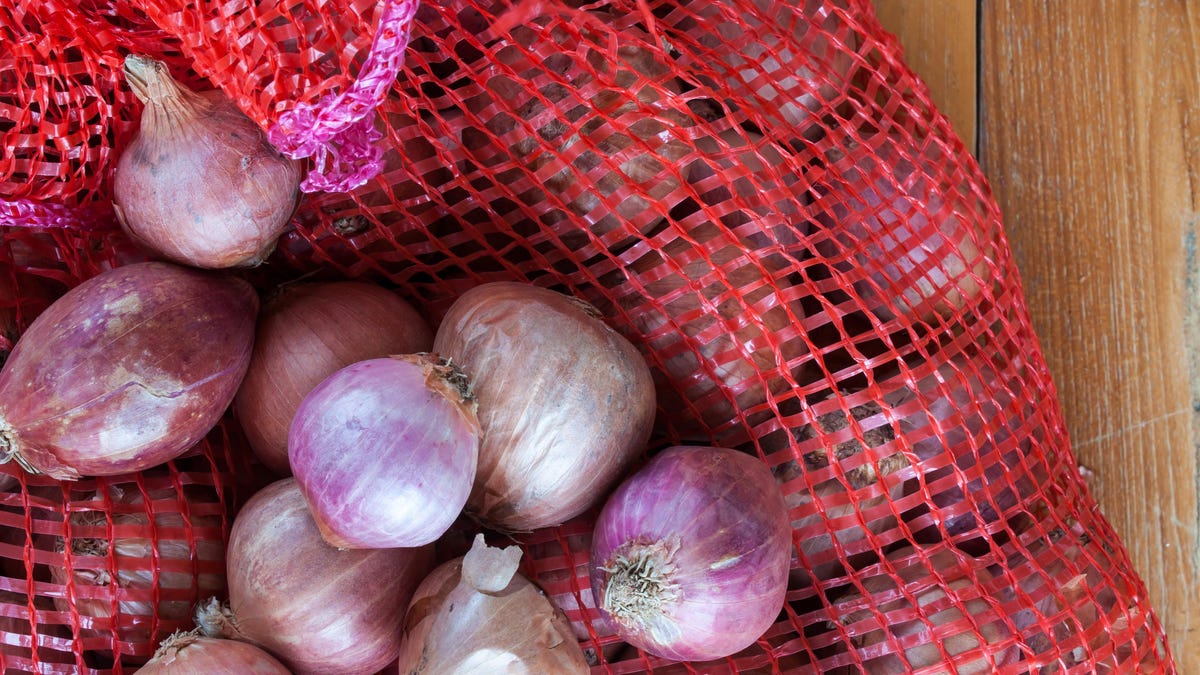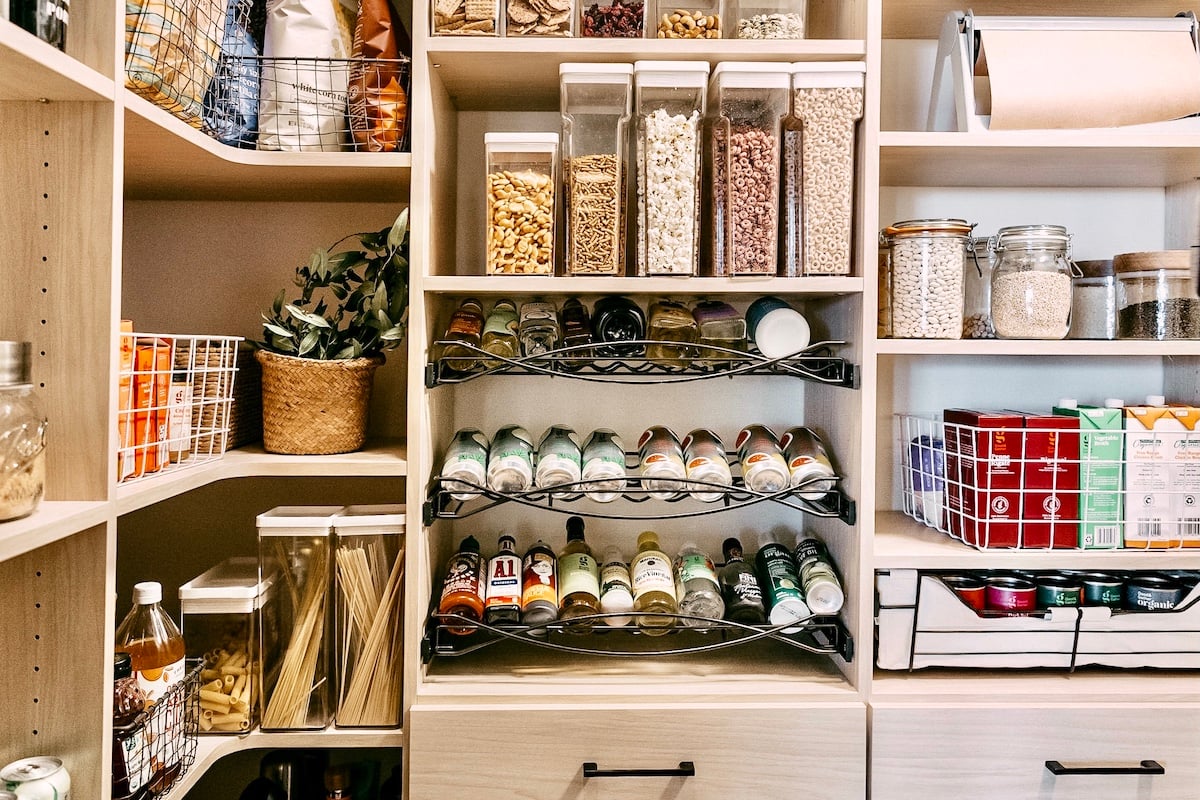12 of the Best Parenting Lessons We Can Learn From Animals
Animals can teach us many things—how to chill out and not worry about anything, how to taste delicious when grilled correctly—but maybe the most important lessons we can learn from our fellow creatures are about parenting. Animals don’t stress...


Photo: Kletr (Shutterstock)
Animals can teach us many things—how to chill out and not worry about anything, how to taste delicious when grilled correctly—but maybe the most important lessons we can learn from our fellow creatures are about parenting.
Animals don’t stress about about philosophies of parenting. They don’t don’t worry about attachment styles or over-scheduling. They just worry about preparing their offspring to survive in the world as best they can, and they do it by instinct. Here are a dozen kinds of crawling, flying, and swimming creatures, each with its own evolutionary wisdom to impart about how to raise happy, healthy children.
2 / 14
Orangutans: intimacy and education
Orangutans: intimacy and education

Photo: olga_gl (Shutterstock)
Stable, intimate parenting during a baby’s early years is vital to them becoming a centered, functional adult—a lesson we can learn from our evolutionary cousins, the orangutan. Orangutan babies spend their first two years entirely attached to their mothers, relying on them for both food and transportation. After that, mom spends about five years teaching her kid everything they need to know about how to live independently—how to find food, build a sleeping nest, and much more.
3 / 14
African elephants: it takes a village/herd
African elephants: it takes a village/herd
Like my hero Hillary Clinton once wrote, “it takes a village to raise a child,” and it takes a herd to raise an African elephant. These gentle giants live in a matriarchal society in which the cohesion of the social group is crucial for survival. Fellow female elephants support new mothers by lifting newborn calves to their feet, adjusting the pace of the herd so newborns can keep up, and even helping with nursing. Throughout their childhood, baby elephants learn key survival skills from observing and copying both their mother and their mother’s friends.
4 / 14
Caribbean flamingos: the importance of proper nutrition
Caribbean flamingos: the importance of proper nutrition

Photo: Henner Damke (Shutterstock)
You have to feed your children nutritious food, so be like the Caribbean flamingo, nature’s kings and queens of baby food. In the world of flamingos, both parents share the task of feeding their young. Mom and dad take turns regurgitating a nutritious, red, milk-like liquid from their digestive tract into the mouths of their hungry bird-babies until they are old enough for solid food. You probably aren’t into regurgitation on command, so you can substitute breast milk, formula, and baby food.
5 / 14
Cheetahs: keeping the squad together
Cheetahs: keeping the squad together

Photo: Dennis W Donohue (Shutterstock)
Cheetah litters are usually between two and six cubs. For the first year and half of their lives, mom-cheetah spends most of her time moving the family from den to den to avoid predators and teaching her cubs how to hunt together. When the adolescent cheetahs are ready to strike out on their own, the cubs form a sibling group that hunts together for six months, sans mom. You gotta foster that bond between the brothers and sisters.
6 / 14
Nile crocodiles: fiercely protective
Nile crocodiles: fiercely protective
Nile crocodiles are notoriously deadly animals, but they use their sharp teeth and killer instincts to protect their families. Unlike most reptiles who drop their eggs somewhere and bolt, Nile crocodiles, both males and females, ferociously guard their future children, murdering anything foolish enough to threaten them. They’ll even warm and protect the newborns crocs in their mouths if they need to. I think most parents can relate.
7 / 14
Emperor penguins: splitting up the work
Emperor penguins: splitting up the work

Photo: vladsilver (Shutterstock)
We should all find relationships as cooperative as the emperor penguin’s—they’ve perfected the art of dividing the work of parenting. After the effort of laying an egg, female emperor penguins leave it in care of their mate, who sits down and keeps it warm while momma travels as far as 50 miles to the ocean. It’s not a beach vacation, though: she’s there to catch some fish, after which she makes the long walk back to her little family to regurgitate her catch into her offspring’s hungry mouth.
8 / 14
Cuckoos: knowing your limitations
Cuckoos: knowing your limitations
Cuckoo moms seem to know that they’re not up to the difficult task of raising a baby bird, so they secretly lay their eggs in the nests of other, often smaller (and presumably stupider) birds. The egg hatches, and the baby cuckoo kicks the other baby birds and eggs out to die—like mother, like son/daughter. Now alone in the nest, the baby cuckoo gets all the food and attention from their adoptive parent until they eventually fly away. I’m sure they don’t even bother to say “thanks.”
9 / 14
Seahorses: pregnancy isn’t just for females
Seahorses: pregnancy isn’t just for females
Despite the ignorance of a certain U.S. Senator, men can be pregnant too, in both the human and the animal kingdoms—seahorse, pipefish, and seadragon mating and birth are gender-blended af. After a fin-fluttering mating dance, the female seahorse/pipefish/seadragon deposits her eggs inside the male’s special dad-pouch, then swims off. The male fertilizes the eggs, and carries them around for about 20 days, until it’s time to give birth to hundreds of little seahorses.
Note: Don’t do everything seahorse parents do—if any of his children stay too close to dad after birth, the male seahorse will eat them.
10 / 14
Gray wolves: nature’s traditional family
Gray wolves: nature’s traditional family

Photo: Holly Kuchera (Shutterstock)
Gray wolves usually mate for life, and both parents are dedicated to protecting and nurturing their pups. So is the rest of the pack—only the alpha couple have mating rights; everyone else helps out with the king and queen’s offspring. The alpha male and female have the roles you’d expect: he hunts, she stays in the den with the cubs. Young wolves travel with the pack for about a year, and then they either stick around and become pack members, or go off to college to study liberal arts.
11 / 14
Rheas: dedicated, polyamorous parents
Rheas: dedicated, polyamorous parents

Photo: Holly Kuchera (Shutterstock)
The nuclear family values of wolf packs are great, but rheas lead much more interesting lives, and are still fantastic parents. These five-foot tall birds from South America are fully polyamorous, with males keeping up to a dozen mates. Despite their non-traditional lifestyles, male rheas are fantastic bird-fathers. They build the nest for their mates to lay eggs in, incubate them, and raise the hatchlings while the mother rhea flies off to mate with some other bird-dude. I know rheas can’t talk, but I image everyone remains friends and they sometimes all get together for brunch.
12 / 14
Giant Pacific octopus: most dedicated moms in the animal kingdom
Giant Pacific octopus: most dedicated moms in the animal kingdom
Many of us look at our mothers and think, “how was she able to give up so much for her children?” Well maybe she was a fan of the giant Pacific octopus, nature’s most self-sacrificing parent. Female Pacific octopuses live up to five years, but mate only once, near the end of their lives. After the male deposits spermatophore in the female’s oviduct (sexy), he swims away to die within a few months. The mom-topus finds a hidden cave or crevice—often in a shipwreck!— and lays up to 100,000 eggs. She then spend six to ten months cleaning, guarding, and caring for her precious eggs. She doesn’t even leave the hidey-hole to eat. Once she is on the verge of death from starvation, octo-mom blows all of her eggs out of the cave, then swims out herself to die beside the egg-casings of her young.
13 / 14
Komodo dragons: nature’s negative example
Komodo dragons: nature’s negative example

Photo: Kahfi Irawan (Shutterstock)
Komodo dragons are the second worst animals on earth, behind bedbugs, so you should only use them as examples of how to not live your life. Do not bite into your prey and rip its flesh apart while injecting venom. Do not dig up the graves of humans and eat their corpses.
When it comes to parenting, Komodo dragons get off to a good start—they can reproduce asexually, and they build safe nests to lay their eggs—but once the eggs hatch, it’s all bad. As soon as they are born, young Komodo dragons run as fast as they can toward a tree. If they climb fast enough, they are safe. The slow babies are eaten by their own mothers or other dragons. To protect themselves from their own kind, the tree-living Komodo dragons roll around in feces to make themselves unappetizing. They stay in the trees for four years, until they are strong and vicious enough to hold their own. They then drop to earth and spend their remaining 25 years being terrible.

 UsenB
UsenB 






























